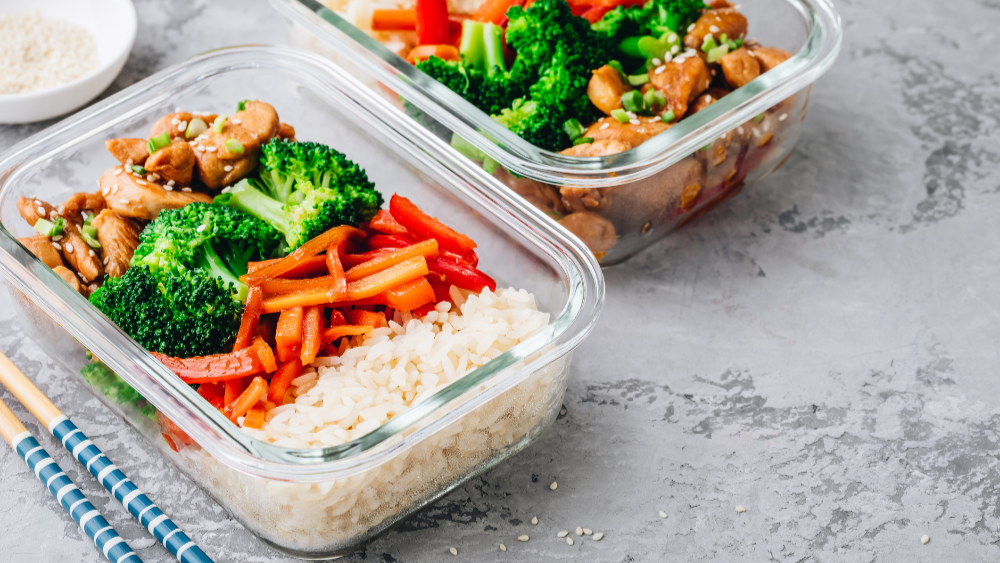
Are you considering meal prepping? We explain in great detail what it means, what you need and how you can best approach it!
How ideal would it be if you didn't have to think about what to eat every night and order food out of desperation (and, let's face it, convenience) only to be left feeling guilty? Yup, we've been there. Fortunately, you can relieve yourself in an easy way:start with meal prepping. To give you a good start, we discuss all the ins and outs of meal prepping below.
Read also :'Become a soup chef'
What does it mean?
Meal prepping actually means – as it says – preparing meals. You can do that in different ways. The three most common forms of meal prepping are the following:
- Cooking large portions; you make dinner for 4 people instead of 2 and freeze half for another evening.
- Preparing trays; by preparing different containers of food for different meals, you always have something ready for breakfast, lunch or dinner.
- Preparing ingredients:you wash, cut, peel and bake all kinds of ingredients so that you can easily use them in meals later.
What are the benefits?
Not only can meal prepping save you time, it is also generally cheaper to prepare your food:you can do all your shopping in one go and are less likely to be tempted to order food. It also often makes healthier choices:a win-win-win situation!
What do you need?
1. Good fresh containers
You need containers that are reusable, airtight and microwave safe. These trays come in all shapes and sizes, very useful for different meals and/or individual ingredients.
2. The right ingredients
By using the right ingredients, you can ensure that your meals last longer and you can prevent the textures of the ingredients from affecting each other. After all, you don't want your crunchy ingredients to become soft due to the wet ingredients
Therefore, use the following ingredients for your meal preps:
- Frozen vegetables, such as peas, broccoli and cauliflower
- Stiff fresh vegetables, such as celery, carrots, bell peppers and radishes
- Starch products, such as parsnip, cassava, (sweet) potato and pumpkin
- Grains, such as oatmeal, quinoa and buckwheat
- Legumes, such as chickpeas, lentils, beans and peas
- Lean proteins; canned fish, eggs, Greek yogurt, cream cheese, shredded cheese, egg whites, lean chicken breast, turkey, beef, and pork
- Cuts of fruit, such as apples, bananas, oranges, mandarins, plums, peaches and pears
- Nuts and seeds, such as almonds, walnuts, peanuts, pumpkin seed, chia seed and flax seed
3. A fridge/freezer
After all, you also need a place to store all your carefully prepared meals!
How do you do it?
- Choose a meal to prepare:Choose a meal that you normally skip or easily avoid, whether that's breakfast, lunch or dinner.
- Choose a day to prep. Note that it is a day when you have a little more time to prepare your meals. The most popular days are Sunday and Wednesday, which break up exactly during the week and are quieter for many people.
- Decide how much food you want to prepare. Try to prepare for two or three days before working five days ahead. Then it will be easier to vary your meals and you will have to prepare less in one go.
Source: Womenshealthmag.com/uk
